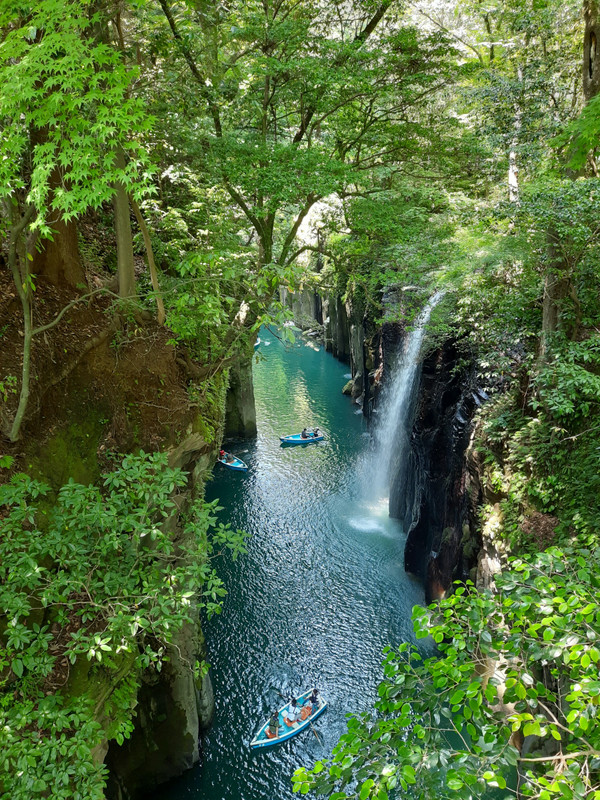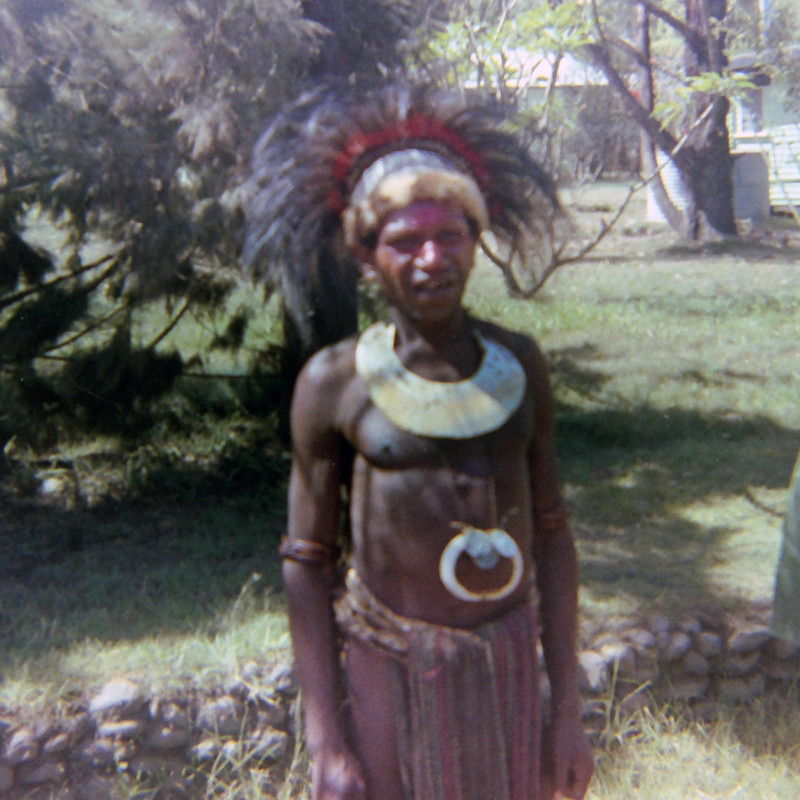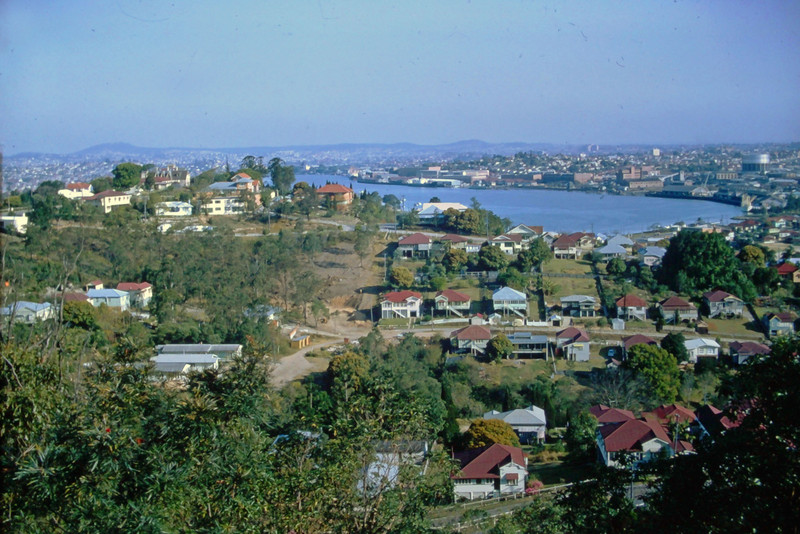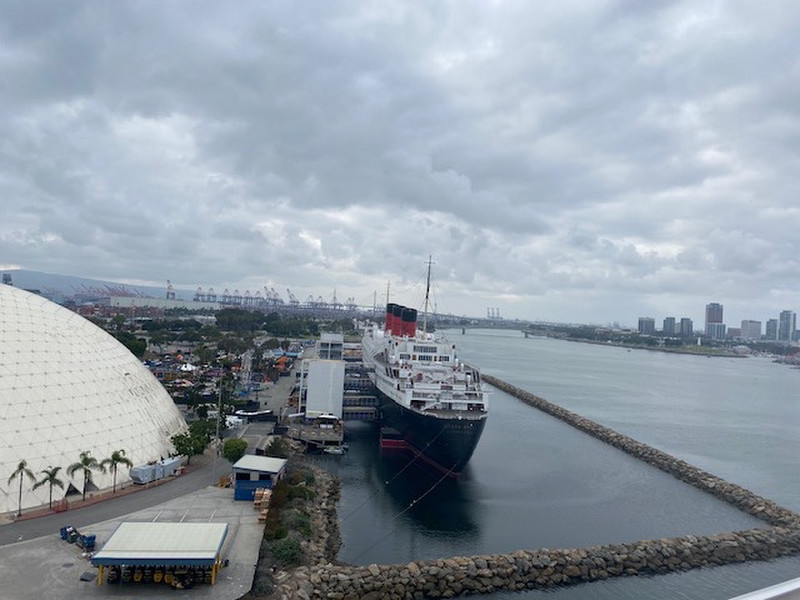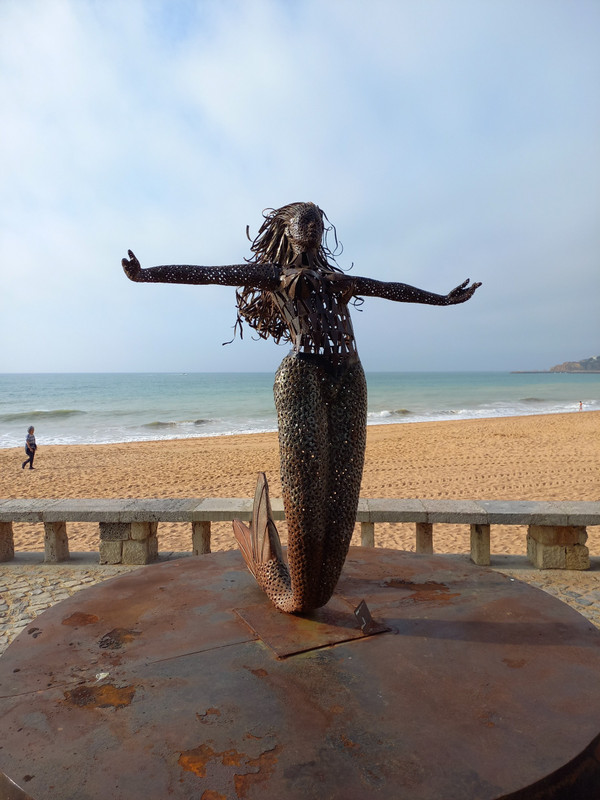I may be slightly biased because thats the island we called home for 13 months, but I think Kyushu is my favourite of Japans main islands. It doesnt have the globally famous sights that from around the world to visit. There is no town as rich in temples, shrines and palaces as Kyoto, there is no mountain as as Fuji, and there is no city as big, as modern and as vibrant as Tokyo. However, the few tourists who make it this far south – most of whom seem to be Japanese, who are mostly from elsewhere on Kyushu – are spoilt for choice in places to visit and things to do.
I have realised that I really like small islands off of big islands. Dont know why. My favourite could be Yakushima. Mention Yakushima island to most Japanese and they will likely swoon telling you they have always wanted to go there. Of all my Japanese friends, only one has actually visited. And its her favourite place in Japan. Yakushima is about 65 km south of the southern tip of Kyushu thus it isnt the easiest place to get to. First you need to
get to Kagoshima then there is a choice of a fast but expensive jetfoil, a regular ferry, or if you want an adventure you can go on the cheap but slow and overnight cargo ship. We chose the latter. It was a lovely and quite dramatic to approach the island at sunrise as the cloud still grips the mountain peaks. The highest mountain in the Kyushu region is on Yakushima, 1936 m Mt Miyanoura. As the island is only 25 km in diameter, the island is pretty steep and people for the hiking. It is most famous for two things: Firstly, the UNESCO recognised cedar forest – there are massive ancient cedars with the oldest, Jōmonsugi, estimated at over 7000 years old. Secondly, Yakushima is famous for rain. This is the wettest part of Japan with the mountains receiving about 10 metres per year and it said to rain 35 days per month. We had intended to visit all year and regularly checked weather forecasts for a dry window, but it wasnt until one of our final weekends in October when we made it. Yakushima alone could be a reason to visit Japan. It is unlike
anywhere else in the country. The hiking up the mountains through the forest is best described as magical, mystical, mesmerising, any other magnificent, marvellous, etc. There are mountain huts to stay in because the traverse takes a couple of days and there are side routes that could keep you up in the mountains for longer. As well as the views and the forest, we were often joined by Yakushimas indigenous wildlife: small but very furry monkeys (it gets cold up in the hills at night and they get snow in the winter), a of sika deer, and inquisitive but skittish weasels. Yakushima is also famous for flying fish, which I saw plenty of gliding away from the ship as we approached the island and which we later discovered make delicious tempura.
While we are down at the bottom end of Kyushu, Ill talk about Kagoshima. Sometimes called the Naples of Japan due to the presence of the very active Sakurajima volcano across the bay. Kagoshima itself has a great eating spot in Yataimura (yatai are where you can sample all sorts of local treats; its hard to imagine how a fish cake can
be so good. However, Sakurajima is the highlight. It is Japans most active volcano with the current eruption having begun in 1955. The streets of Kagoshima are constantly covered in ash and there is a special yellow bin bag for you to sweep up the ash from your house for collection. Apparently, there is lava up at the top but what you see from town are constant small vents of steam and smoke punctuated every hour or so by an eruption of a big ash cloud. There are frequent ferries across to Sakurajima, which used to be an island before a lava flow around a hundred years ago connected it to the mainland. There are some nice short walks and the obligatory outdoor hot spring foot spa. We decided to rent bikes and cycle the 36 km around the volcano.
